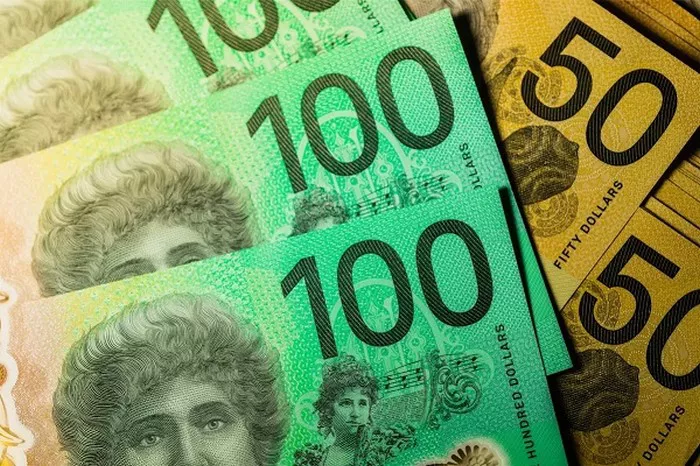The Australian dollar (AUD) has consistently maintained a relatively high value compared to other currencies, sparking curiosity and inquiry into the factors contributing to its strength. In this article, we will delve into the key drivers behind the expensive nature of the Australian dollar, examining both domestic and global influences that shape its value.
Robust Economic Fundamentals:
Australia’s economic stability and strong fundamentals play a pivotal role in supporting the strength of the Australian dollar. The country has experienced over two decades of uninterrupted economic growth, thanks in part to prudent fiscal policies, a resilient banking sector, and abundant natural resources. This sustained economic performance attracts foreign investors, leading to increased demand for the Australian dollar.
Commodity Exports:
Australia is renowned for its abundant natural resources, including minerals, agricultural products, and energy resources. The nation’s extensive exports of commodities to major global markets, particularly to Asia, generate significant revenue denominated in Australian dollars. As a result, the demand for the currency increases, contributing to its elevated value on the foreign exchange market.
China’s Economic Influence:
China’s emergence as a global economic powerhouse has had a profound impact on the Australian dollar. Australia’s close economic ties with China, particularly in terms of resource exports, create a symbiotic relationship. As China’s demand for Australian commodities remains robust, it drives up the value of the Australian dollar. Any fluctuations in China’s economic performance can consequently influence the strength of the AUD.
Interest Rate Differentials:
Interest rate differentials between Australia and other developed economies, such as the United States, can significantly impact the exchange rate of the Australian dollar. Historically, Australia has maintained relatively high interest rates compared to other developed nations. Foreign investors seeking higher yields are drawn to the Australian financial markets, leading to increased demand for the Australian dollar.
Political Stability:
Political stability is a crucial factor influencing the strength of a country’s currency. Australia’s well-established political system and stable governance contribute to investor confidence. The country’s commitment to democratic principles, the rule of law, and sound economic management make it an attractive destination for foreign investment, further supporting the strength of the Australian dollar.
Sound Fiscal Management:
Australia’s prudent fiscal management has been a cornerstone of its economic success. The government’s commitment to maintaining a balanced budget and low levels of public debt has garnered positive assessments from international credit rating agencies. This fiscal responsibility enhances the perception of Australia as a safe and secure investment destination, attracting capital inflows that contribute to the strength of the Australian dollar.
Global Risk Sentiment:
The Australian dollar’s value is also influenced by global risk sentiment. As a commodity-based currency, the AUD tends to appreciate during periods of global economic optimism when investors seek higher-yielding assets. Conversely, during times of uncertainty or market volatility, the Australian dollar may face depreciation as investors move towards safer assets.
See also Who Controls the Australian Dollar?
Conclusion:
The strength of the Australian dollar is a complex interplay of domestic and global factors, reflecting the nation’s robust economic fundamentals, commodity exports, economic ties with China, interest rate differentials, political stability, sound fiscal management, and global risk sentiment. Investors and policymakers alike closely monitor these variables to understand and anticipate movements in the exchange rate.
As Australia continues to navigate the evolving dynamics of the global economy, it remains imperative to recognize the interconnected nature of these factors and their collective influence on the value of the Australian dollar. Ultimately, the expensive nature of the Australian dollar stands as a testament to the country’s economic resilience and its ability to navigate the challenges and opportunities presented in the ever-changing landscape of international finance.


